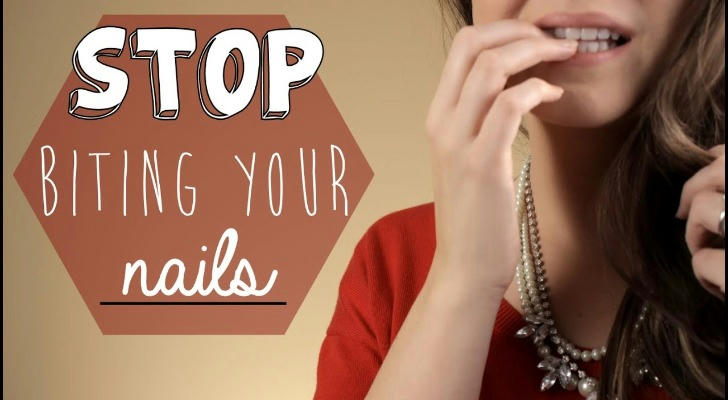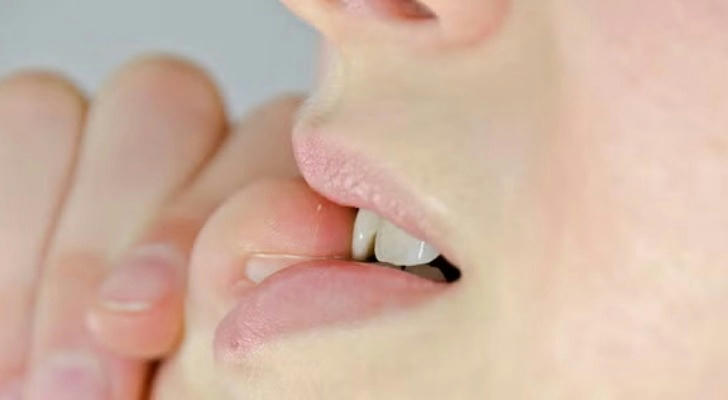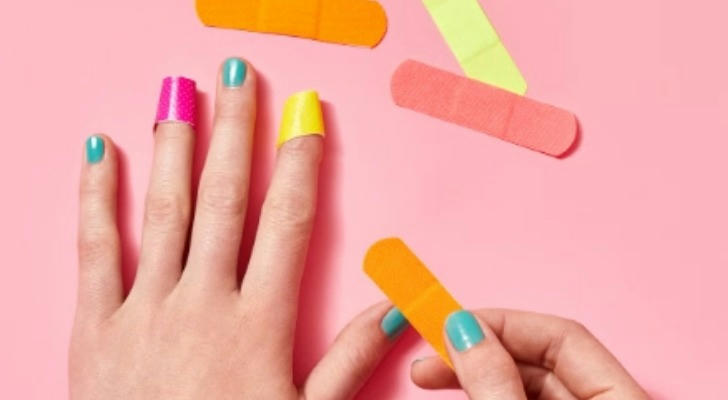Nail Biting: How It Affects Your Nails and How to Stop
Nail biting, also known as onychophagia, is a common habit that affects people of all ages. While often dismissed as a harmless nervous tic, it can actually lead to several health and cosmetic issues. Understanding the real impact of nail biting and learning effective strategies to manage it can help protect nail health and overall well-being.

What Is Nail Biting?
Nail biting typically involves biting the fingernails and the surrounding skin, often during periods of stress, boredom, or concentration. It is considered a body-focused repetitive behavior and may begin in childhood or adolescence. According to data from the American Academy of Dermatology, nail biting is estimated to affect up to 30% of children and 15% of adults in the United States.
Why People Bite Their Nails
Nail biting is often linked to psychological triggers. Common reasons include:
Stress or anxiety relief
The repetitive motion can provide a temporary sense of comfort.Boredom or inactivity
Nail biting may fill idle moments when the hands have nothing else to do.Concentration or focus
Some individuals bite their nails while studying, working, or watching TV.Perfectionism or grooming
An urge to "fix" uneven nails may lead to compulsive biting.
Physical Effects of Nail Biting
The visible consequences of nail biting are only part of the story. It can lead to deeper health concerns that affect more than just the appearance of hands.

1. Nail Damage
Constant biting weakens the nail plate, leading to ragged edges, peeling, and stunted growth. In some cases, nails may become misshapen permanently.
2. Skin Infections
Biting often extends to the skin around the nails. This can cause tiny open wounds that are vulnerable to bacterial or fungal infections, such as paronychia. Swelling, redness, and pain may follow.
3. Dental Issues
Repeated contact between teeth and hard nail surfaces can cause tooth chipping, misalignment, or damage to the enamel. Jaw discomfort is also possible over time.
4. Digestive Concerns
Fingernails can harbor dirt and germs, including harmful bacteria like E. coli. When bitten, these pathogens may enter the digestive system, increasing the risk of gastrointestinal issues.
5. Social and Emotional Impact
Damaged nails may cause embarrassment or self-consciousness, especially in social or professional settings. Some individuals report feeling shame or frustration about the habit.
Nail Biting and Mental Health
In persistent cases, nail biting may be related to underlying mental health conditions such as:
- Generalized anxiety disorder
- Obsessive-compulsive disorder (OCD)
- Attention-deficit/hyperactivity disorder (ADHD)
Not every case of nail biting signals a medical issue, but when it interferes with daily life or causes distress, it may be helpful to consult a mental health professional.
How to Stop Nail Biting
Breaking the nail biting habit often requires a combination of awareness, substitution strategies, and behavioral tools. While results vary by individual, the following approaches are commonly used:
1. Identify Triggers
Keeping a journal of nail-biting episodes can help reveal when and why the behavior occurs. Patterns may emerge, such as biting during work meetings or while driving. Once triggers are recognized, it becomes easier to avoid or address them.
2. Keep Nails Trimmed and Smooth
Short, neatly filed nails reduce the temptation to bite. Jagged edges or hangnails can be smoothed with a file to prevent the urge to "fix" them by chewing.
3. Use a Bitter Nail Coating
Some over-the-counter nail treatments contain safe, bitter-tasting ingredients. These products create a strong sensory reminder each time the nails are brought to the mouth.
4. Find Substitutes
Replacing the habit with a healthier action can redirect the impulse. Options include:
- Fidget toys
- Stress balls
- Chewing gum
- Wearing gloves or nail covers during high-risk times
5. Practice Stress Reduction
Relaxation techniques such as deep breathing, mindfulness, or light exercise can help lower overall anxiety levels and reduce the urge to bite.
6. Set Realistic Goals
Rather than trying to stop instantly, some people find success by targeting one nail at a time or setting daily limits. Progress can be tracked to build confidence.
7. Seek Support
Talking to a supportive friend, family member, or therapist can provide accountability and encouragement. In some cases, habit-reversal training from a licensed professional may be beneficial.
Caring for Nails After Biting
Once biting has stopped, nail care plays a key role in restoring health and appearance. Consistent care can help reverse the damage and promote growth.

- Moisturize regularly: Use a hand and nail cream to keep the cuticles and skin hydrated.
- Avoid harsh chemicals: Minimize exposure to strong soaps or acetone-based products during recovery.
- File instead of clipping: Filing helps shape the nails gently without causing stress to the nail plate.
- Use a strengthening base coat: Nail-strengthening treatments can provide a protective layer as nails grow out.
Nail Biting in Children and Teens
Young individuals may begin nail biting without understanding its consequences. Encouraging healthy habits early can make a difference.
- Avoid punishment or shame-based approaches
- Model calm behavior and nail care
- Offer positive reinforcement for progress
- Provide age-appropriate fidget tools or reminders
When to Consult a Professional
Persistent nail biting that causes pain, bleeding, or emotional distress may benefit from professional guidance. Dermatologists, psychologists, and primary care providers can assess for related conditions and offer tailored treatment plans.
Final Thoughts
Nail biting is a habit with real physical and emotional impacts. By understanding its triggers and adopting consistent, supportive strategies, many individuals can successfully reduce or stop the behavior. Healthy nails are not only a reflection of physical care but also of emotional balance and self-awareness.
